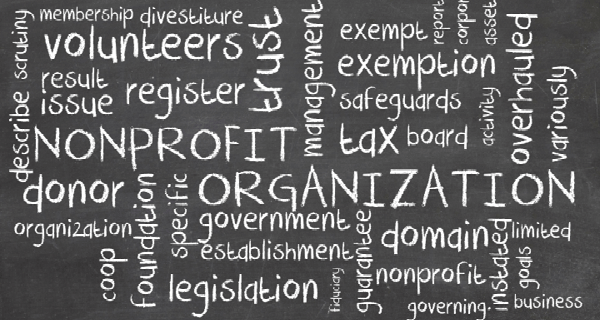Written by Kaydee Ruppert, Nonprofit Accounting and Financial Services Manager
Last month the Biden administration announced a limited-time application window for PPP loans for nonprofits and other businesses having fewer than 20 employees. Applications received no later than Tuesday, March 9 are to receive top priority! The final deadline for PPP applications is currently March 31, 2021, but applicants should be aware that many lenders stop taking applications in advance of the final day.
The U.S. Small Business Administration (SBA) offers details regarding eligibility and applications for various COVID-19 relief options, including PPP loans. The loan program is better defined than it was initially, but nonprofit organizations should take note of the revised eligibility requirements for both first-time and second-time borrowers. This article focuses on the “25% revenue reduction requirement” for second-time borrowers.
Financial Eligibility – Gross Receipts
Nonprofit organizations that received a PPP loan previously may qualify for a second loan if the organization can demonstrate a 25% reduction in gross revenue between 2019 and 2020 or comparable quarters in 2019 and 2020. There are many revenue items of which nonprofits should be aware, including a change in the value of investments or endowments, and beneficial interests in other organizations or funds.
The Consolidated Appropriations Act, 2021(“Act”) states that, for purposes of determining PPP eligibility for nonprofit organizations, the term “gross receipts” means gross receipts within the meaning of section 6033 of the Internal Revenue Code. An analysis of the guidance related to the definition and the reduction calculation suggests that all gross receipts, with the possible exception of unrealized gains or losses and in-kind gifts, should be included in the calculation of gross receipts. The Act specifically excludes previous PPP receipts.
Although revenue can be calculated using a cash, modified cash, or accrual method of accounting, the same method must be used for all periods being compared. Total gross receipts considered in your determination of eligibility cannot be decreased for the initial cost or other basis of investments or assets that were sold during the period, and it doesn’t matter if the sale proceeds were reinvested or deposited for operations. The gross amount from sales of investments or assets must be included. Likewise, if an organization has inventory that is sold, the cost associated with what is sold cannot decrease total gross receipts for the period. While there is no guidance that specifically addresses certain other revenue items, such as a gain or loss related to a beneficiary interest in another organization or fund, borrowers should exercise judgment and consult their financial advisor or lender for further guidance.
If a PPP loan is for $150,000 or less, and all other parts of the application are properly completed, a loan may be awarded solely on the applicant’s affirmation of eligibility, but evidence of eligibility is required when the borrower applies for forgiveness. Nonprofits unsure of what to include in their calculation of “gross receipts” should resolve those questions before certifying the application is accurate and completed in good faith.
Financial Eligibility – Quarterly Comparisons
Nonprofits can evidence the required 25% reduction in gross receipts, and thus meet the financial eligibility requirements for the loan by comparing any individual calendar year 2020 quarter to the same quarter in 2019. In addition, an annual comparison is acceptable at the election of the borrower. It’s important to note, however, that the SBA has been silent to date on the degree to which it might review the comparative information for completeness, accuracy, and consistency.
Organizations using an accrual basis of accounting should be aware that the financial statements relied on each month or quarter may include estimates and assumptions or omit some elements of income altogether because the information is simply not available when the period is being closed. This is a common and acceptable accounting practice for interim financial record-keeping. These estimates are later “trued up”, so totals being reported via IRS Form 990 are accurate and comparable with other like organizations.
Simply running the quarterly revenue results for all of 2019 and 2020 from your accounting system may not give you results by quarter that include all gross receipts, free of estimates or assumptions. While it may be acceptable to compare quarters that were consistently prepared using interim estimates, the documentation to support this comparison may differ as there is no standard format for this documentation. Proactively engaging your lender on required documentation may prevent an applicant from erroneously assuming eligibility or being unprepared to produce the documentation when applying for forgiveness.
Dean Dorton has been closely monitoring the relief opportunities available to nonprofit organizations in this time of crisis. We are here to provide consultation, collaboration, or confirmation in your journey to sustainability.
Did you enjoy this article? Learn more about the author by clicking the link below.
Kaydee Ruppert, CPA, MSA
Nonprofit Accounting and Financial Services Manager
kruppert@deandorton.com • 859.425.7730








